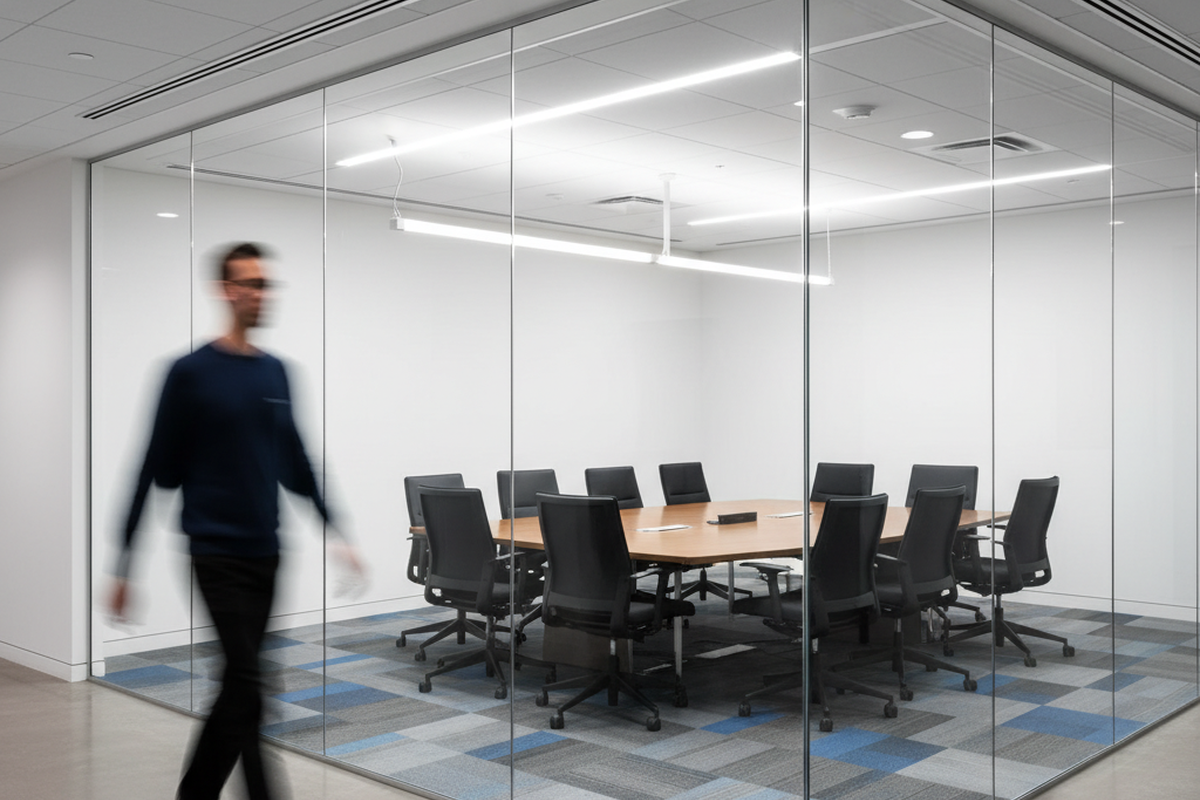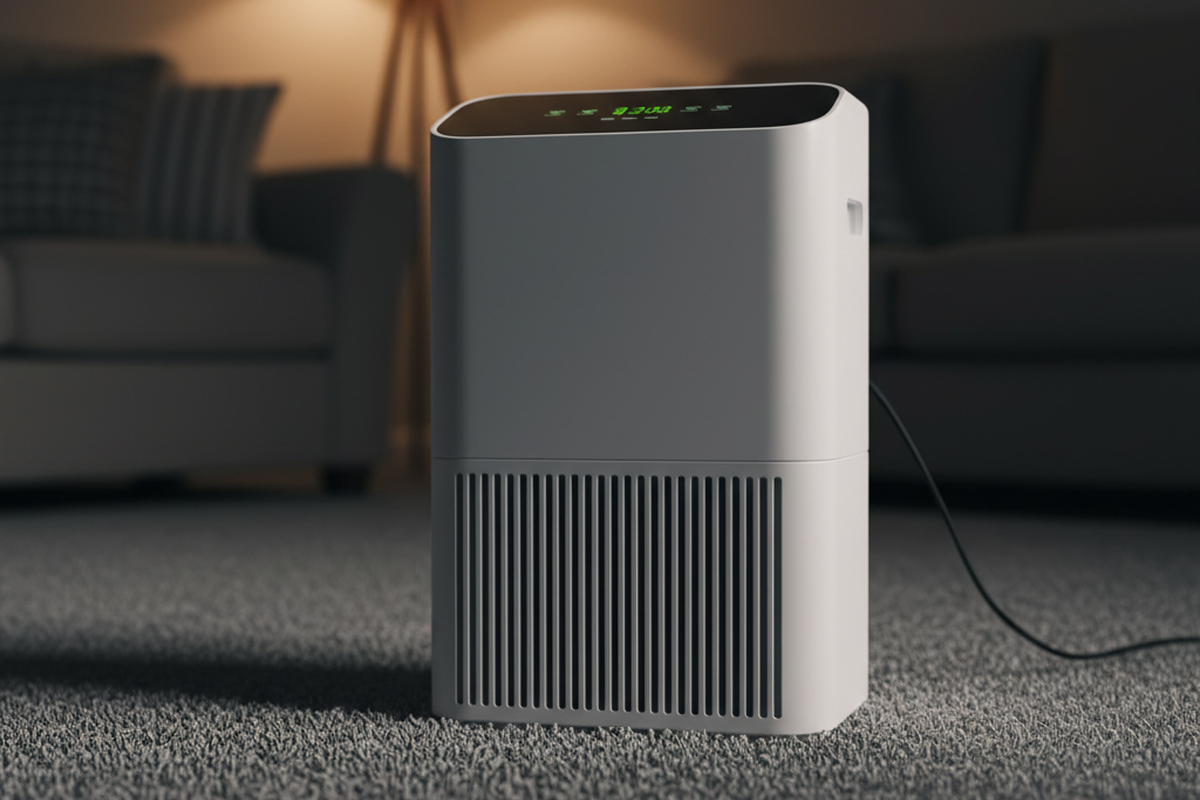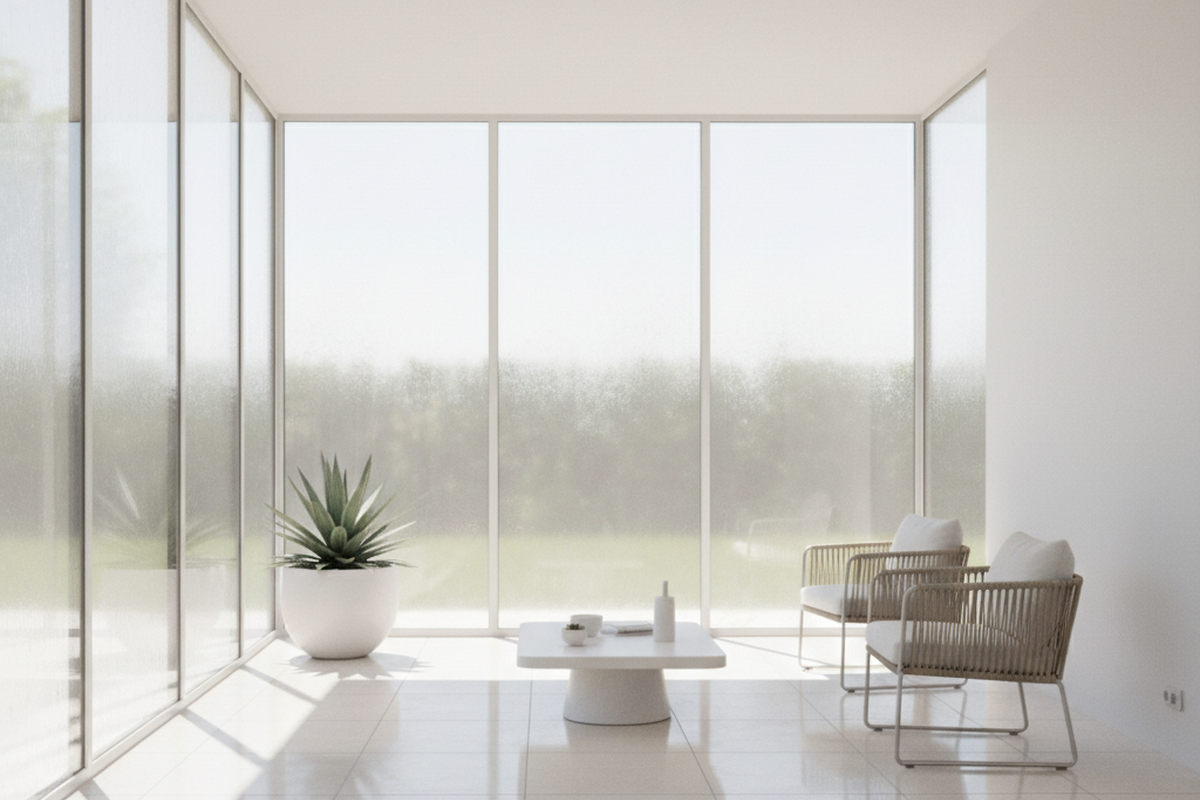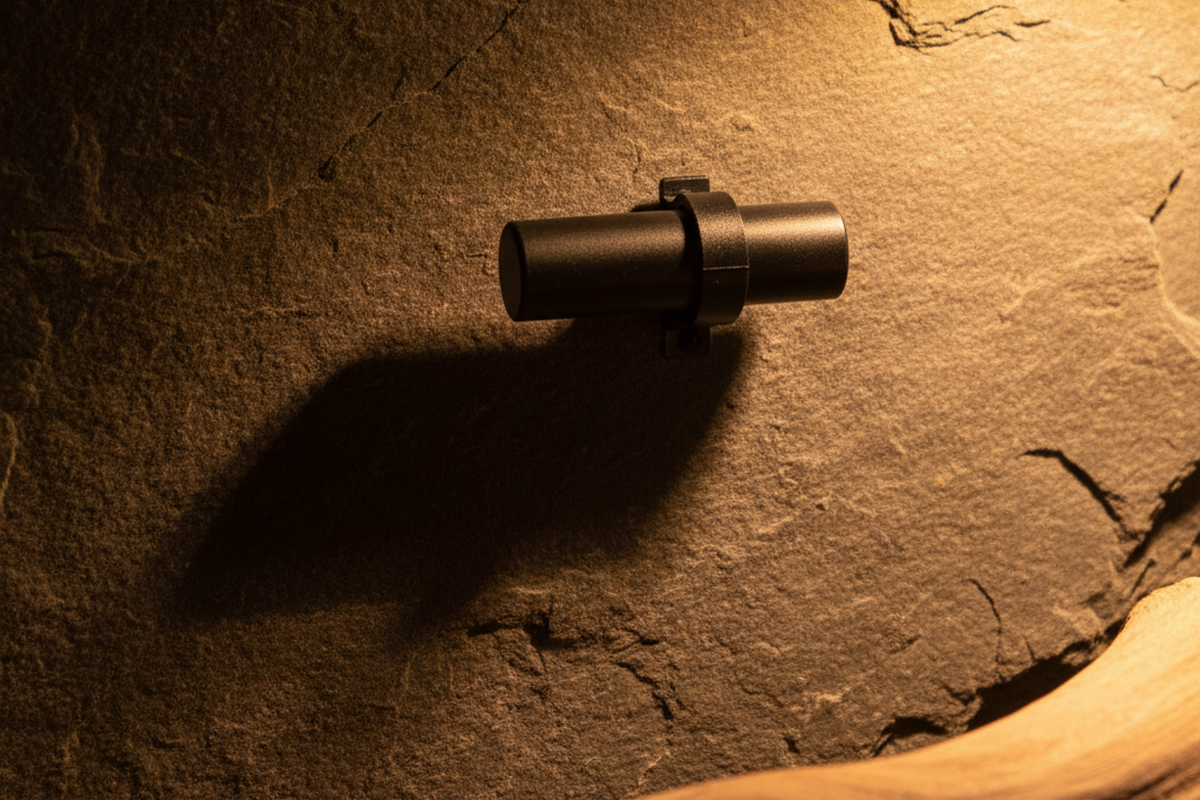In the complex machinery of an energy-efficient building, lighting controls represent a point of beautifully direct impact. An occupancy sensor is a simple promise: lights turn off when a room is empty. Yet the fulfillment of that promise hinges on a single, often misunderstood setting. The time delay. This is not merely a number on a dial; it is the invisible conductor of a room’s energy use, the arbiter between automated savings and human frustration.
To get this setting wrong is to undermine the entire endeavor. A facility manager might walk the halls after hours, seeing the persistent glow from rooms known to be empty for an hour, and wonder where the promised savings have gone. An employee, plunged into darkness mid-thought, might resort to the “sensor wave,” a frantic gesture that signals a system at war with its occupants. The goal, then, is to move beyond factory defaults and establish a deliberate strategy, one that understands that the ideal time delay is not a universal constant but a reflection of a space’s unique life.
The Rhythms of a Building
Every minute shaved from the time an empty room stays lit translates directly into energy savings. In a modest office space, the difference between a 30-minute default and an optimized 15-minute delay can amount to hundreds of kilowatt-hours over a year. The true art of optimization, however, lies in achieving this efficiency without disrupting the natural rhythms of the people inside. This requires a journey through the building, not with a stopwatch, but with an eye for how spaces are actually used.
Consider the private office. It is a place of focused, often stationary work. An occupant might spend long minutes reading or thinking, generating almost no motion. Here, a short time delay invites failure. The lights go out, the occupant is annoyed, and the system is perceived as flawed. The common impulse is to dramatically lengthen the delay, creating a wide buffer. But the real issue might not be time at all. It could be that the sensor’s sensitivity is too low to register the subtle movements of a person typing or turning a page. Before extending the delay, the first question should always be whether the sensor is truly seeing the person in the first place.
This tension becomes more complex in an open office. The larger, more active environment often provides enough ambient motion to prevent false-offs, yet the 15-minute buffer still serves a purpose, accommodating periods of focused work by multiple people. The conference room presents an even greater challenge. During a long presentation, a dozen people can sit nearly motionless. A short delay would be disruptive, yet an excessively long one means the lights could burn for an hour after a meeting ends.
Looking For Motion-Activated Energy-Saving Solutions?
Contact us for complete PIR motion sensors, motion-activated energy-saving products, motion sensor switches, and Occupancy/Vacancy commercial solutions.
This is where sensor technology itself begins to shape the strategy. A standard Passive Infrared (PIR) sensor, which detects heat and motion, can be “fooled” by a stationary person whose body heat has blended with the room’s temperature. In a conference room with only a PIR sensor, a longer delay of 20 minutes often becomes a necessary crutch. But a dual-technology sensor, which combines PIR with ultrasonic or microphonic detection, changes the equation. It can perceive the slight movements of a person shifting in their chair, allowing for a more confident and aggressive time delay without sacrificing comfort. The technology enables a smarter, more efficient setting.
Then there are the transient spaces. Corridors, storage closets, and utility rooms are characterized by brief, in-and-out tasks. For these areas, a short delay of five minutes or even less is ideal. The savings are immediate and come with virtually no risk of user inconvenience, capturing the low-hanging fruit of efficiency.
The Hidden Costs of a Flawed System
When optimization is pursued too aggressively, the costs extend beyond simple annoyance. An overly short time delay is the leading cause of user complaints and, more damagingly, manual overrides. A single piece of tape over a sensor or a light switch forced to remain on can negate weeks of automated savings from that zone. The operational cost snowballs, consuming maintenance staff’s time as they respond to complaints and readjust settings. A system that requires constant human intervention has failed.
Get Inspired by Rayzeek Motion Sensor Portfolios.
Doesn't find what you want? Don't worry. There are always alternate ways to solve your problems. Maybe one of our portfolios can help.
This entire optimization exercise operates within a framework of rules. Before any settings are finalized, they must be checked against local energy codes. Mandates like California’s Title 24 or ASHRAE 90.1 often set a maximum permissible time delay, typically around 20 minutes. This creates a hard ceiling for your adjustments. The code provides the boundary; your real-world observation of the space reveals the optimal point within it.
Evolving Beyond the Static Timer
For facilities with more sophisticated control systems, the conversation can evolve. It is possible to move beyond a single, static number and implement strategies that are more responsive. Some advanced sensors feature adaptive technology that “learns” a space’s occupancy patterns. It might notice a 9-to-5 worker’s consistent presence and automatically lengthen its own delay, then shorten it in response to the brief, intermittent trips of an evening cleaning crew.
This concept can be taken further with a networked lighting control system. Different time delays can be scheduled for different times of day. From 8 a.m. to 6 p.m., the system might use a comfort-focused 20-minute delay. After hours, it could automatically switch to a highly efficient 5-minute “janitorial mode.” This dynamic approach captures significant savings during off-peak hours, creating a system that is not just automated, but truly intelligent. It understands that a building’s life is not monolithic; it changes with the clock and with the people who move through it.








